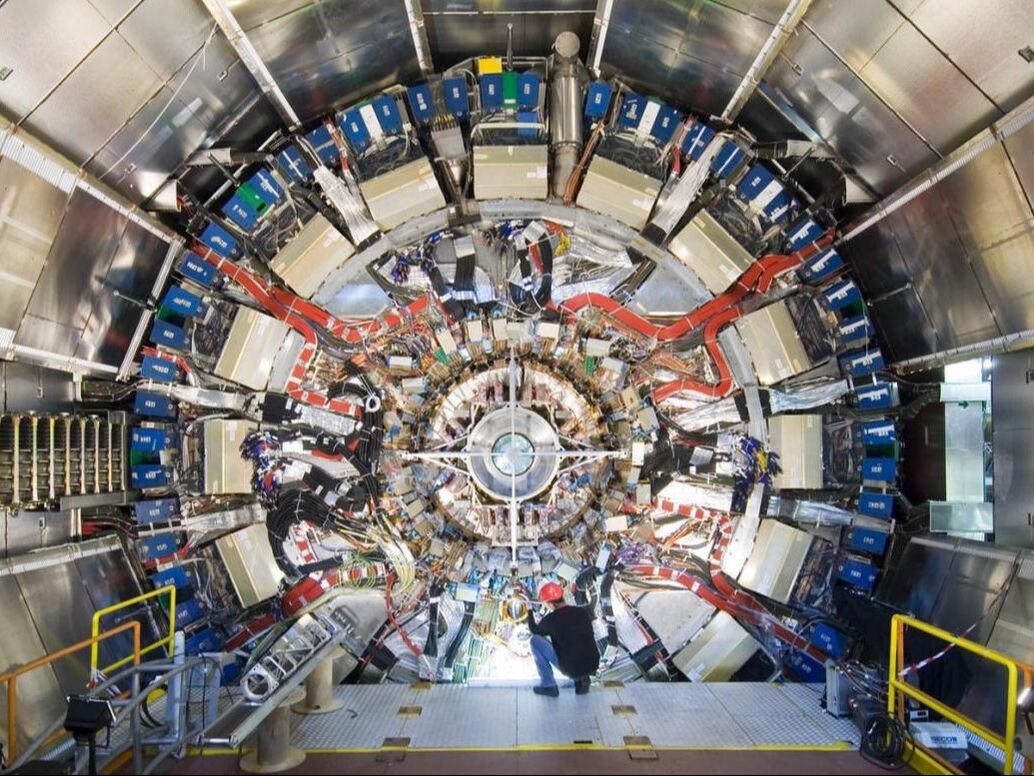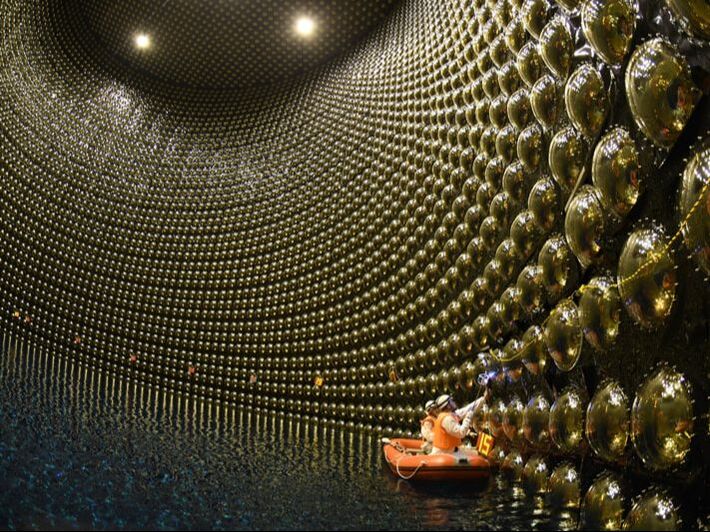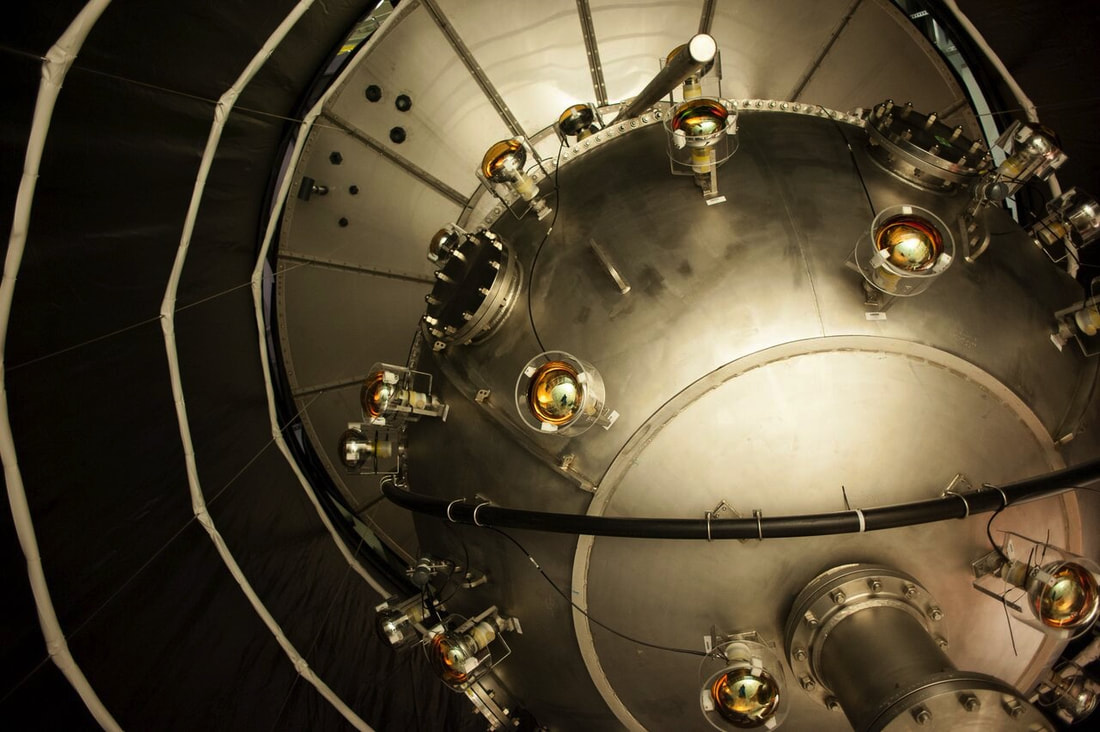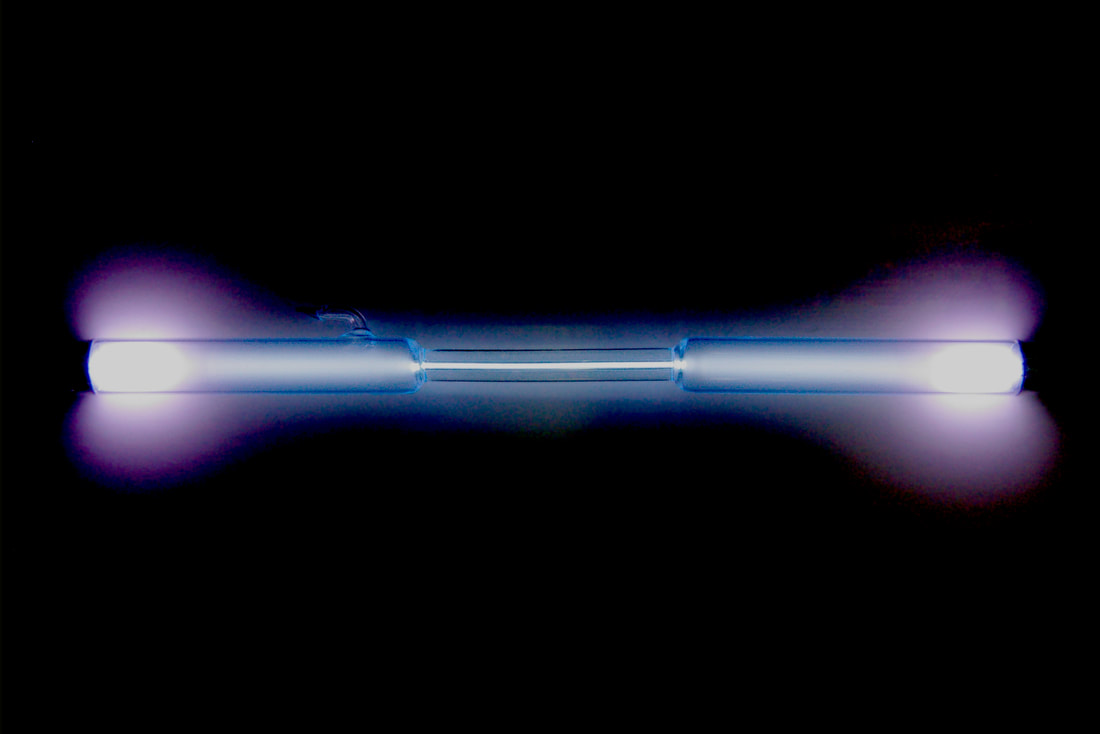- Home
- Technology
- Management
- Health Care
- Earth Sciences
- Particle Physics
- Engineering
- Stories of Turtle Island
- Startup Companies
- The Lost Ships of the Franklin Expedition
- Wildlife
- Archaeology
- Palaeontology
- Architecture, Land Use and Planning
- Politics and International Development
- COVID-19
- University Life
Validating new sensors and readout chips for the Inner Tracker of the High Luminosity Large Hadron Collider upgrade at CERN
The Large Hadron Collider is the largest machine on Earth – and one of most complex scientific instruments ever built. It uses powerful electromagnets to propel beams of charged particles at nearly the speed of light, and manipulates these beams into controlled collisions that create showers of billions of tiny particles. Most of are not especially noteworthy, but there are some that can reveal the underlying physical properties of our universe.
Operated by the European Organization for Nuclear Research (CERN), the Large Hadron Collider consists of two 27-kilometre circular tubes buried deep underground along Switzerland’s border with France. Powerful compressors remove air from these tubes, and beams of particles are propelled in opposite directions through them. The tubes are lined with more than 1,200 large magnets that keep particles centered inside, so they do not collide with the machine itself. Click here for full text |
Novel photomultiplier design at the Hyper-Kamiokande neutrino detector could enable detection of particles outside of the Standard ModelEven if we can’t see them, they are always there.
Neutrinos are among the most abundant particles in the universe, but they are many thousands of times smaller than an atom. They have almost no mass, no electrical charge, and travel at the speed of light. These tiny, subatomic particles are created by radioactive decay – in the nuclear fusion reactions that power our sun, or nuclear energy on Earth. When distant stars explode in a supernova, they send neutrinos hurtling through space at near light speed. For billions of years, neutrinos can travel uninterrupted across the universe. Even planets are no obstacle. Since neutrinos hardly interact with matter, they pass seamlessly through rocks, metals and other materials. There are even neutrinos passing through you right now. Click here for full text |
DarkSide-20K experiment will search for signs of dark matter with highly sensitive liquid argon detectorTo the human eye, the night sky appears as a tapestry of inky darkness punctuated by the twinkling lights. In between the countless stars are vast stretches of apparent nothingness, but the vacuum of space is not a void. There is something out there.
We’re not exactly sure what, but Carleton University researchers are searching for answers. At the Sudbury Neutrino Observatory Lab (SNOLAB) in northern Ontario, an experiment called DEAP-3600 has been seeking signs of dark matter since 2016. It consists of an enormous sphere made of clear acrylic and filled with 3.3 tons of liquid argon. The sphere is surrounded by 255 carefully calibrated light sensors that monitor the argon for signs of dark matter. 24 hours a day, seven days a week. These sensors have been calibrated to detect the electric pulse created by a single particle of light. If a dark matter particle collided with an argon atom, it would create a tiny flash of light that they could detect. It will be the most sensitive experiment of its kind in the world, Click here for full text |
Next Enriched Xenon Observatory (nEXO) experiment seeks to prove neutrinos are Majorana particlesOn its most fundamental level, nature has a kind of symmetry. In the Standard Model of particle physics, there are twelve elementary particles. All of them are infinitesimally small, and each of them has an associated antiparticle that carries an opposite charge. The antiparticle of a negatively charged electron is a positively charged positron, and for every flavour of quark, there is an anti-quark.
But tiny neutrinos have no charge, and in 1937, the Italian physicist Ettore Majorana published a paper that proposed neutrinos could be their own antiparticle. A year later, he mysteriously vanished at sea, and subsequent generations of physicists were left to prove the existence of what became known as a Majorana particle. Between 2011 and 2018, the Enriched Xenon Observatory experiment monitored 200 kg of the radioactive isotope xenon-136 for signs of neutrinoless double beta decay. It’s a type of radioactive decay outside of the Standard Model, and observing it would demonstrate that neutrinos are Majorana particles. Click here for full text |



